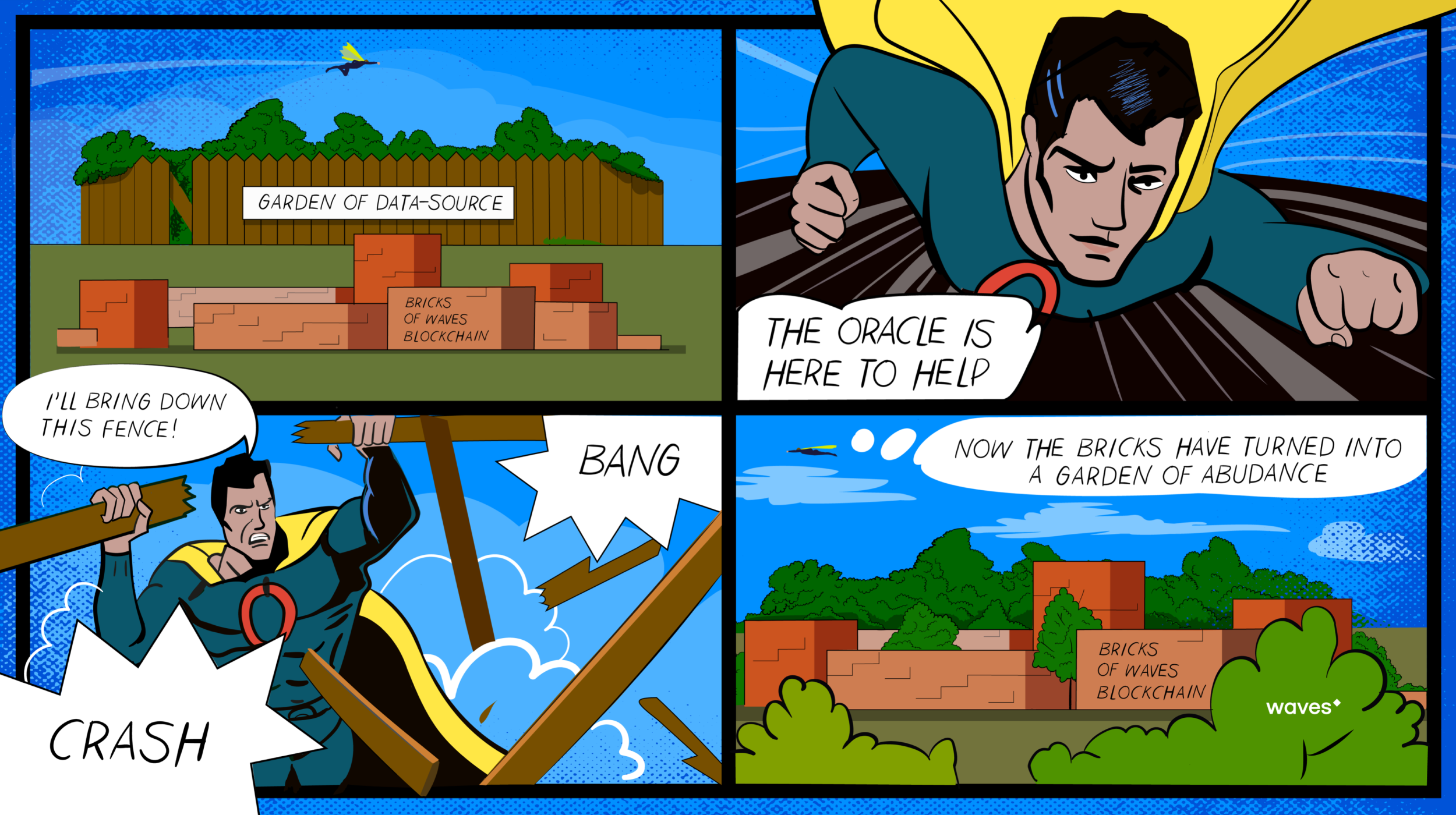
Blockchain oracles resolve the issue of delivering external data to the blockchain – but we still need to know which of them we can trust.


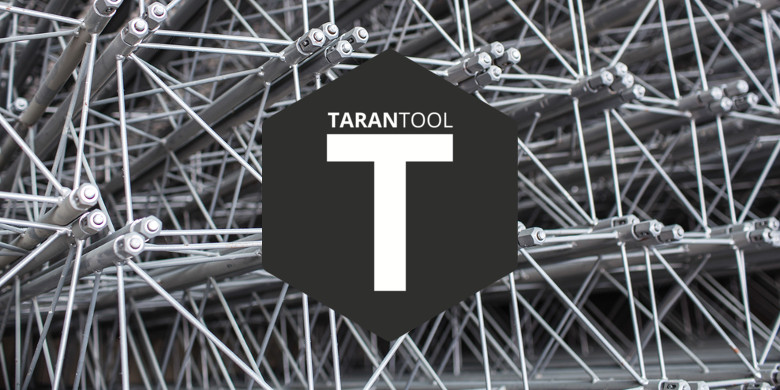
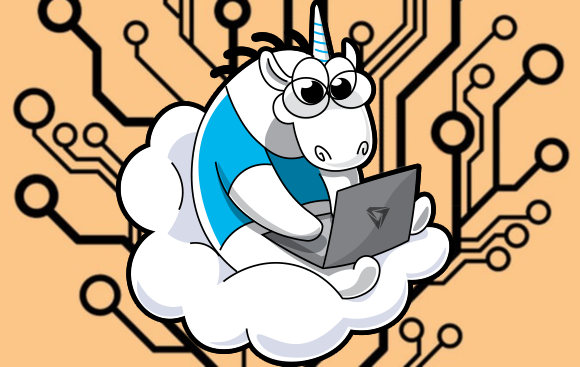



This is an official tutorial published earlier on Ontology Medium blog
Excited to publish it for Habr readers. Feel free to ask any related questions and suggest a better format for tutorial materials

Working with SOAP often gets tricky, and dealing with WSDL might be a huge contribution to the complexity of this task. Really, it could be the least expected thing to face when you are into a modern & fancy language like for example, Scala, that is well known for its reactiveness and asynchronous way of dealing with requests. In fact, many of the software developers that have made their way into industry quite recently, might not even know about SOAP and WSDL protocols, and get quickly annoyed or even enraged when first trying to connect to such a legacy service. So, should we deprecate this altogether in favour of modern technology stack, or maybe there is a less painful solution?
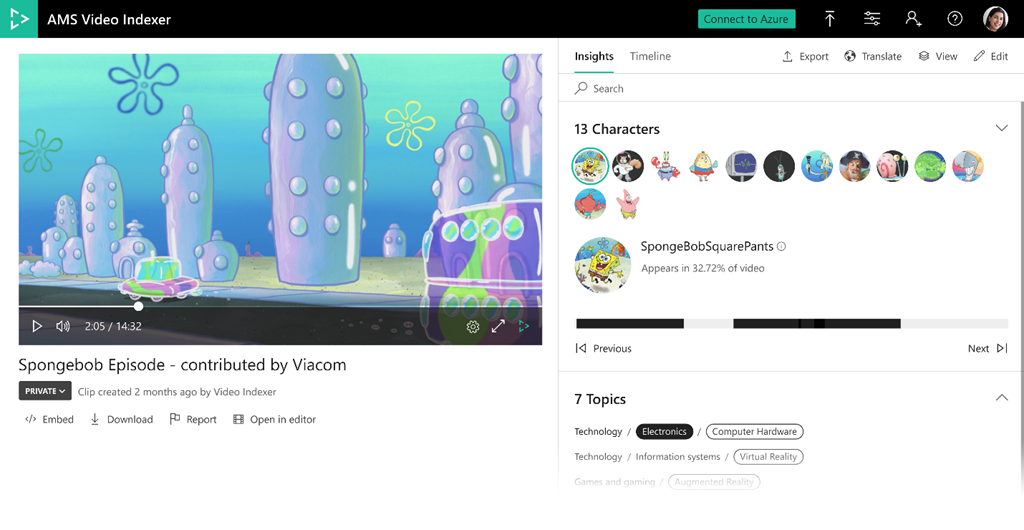
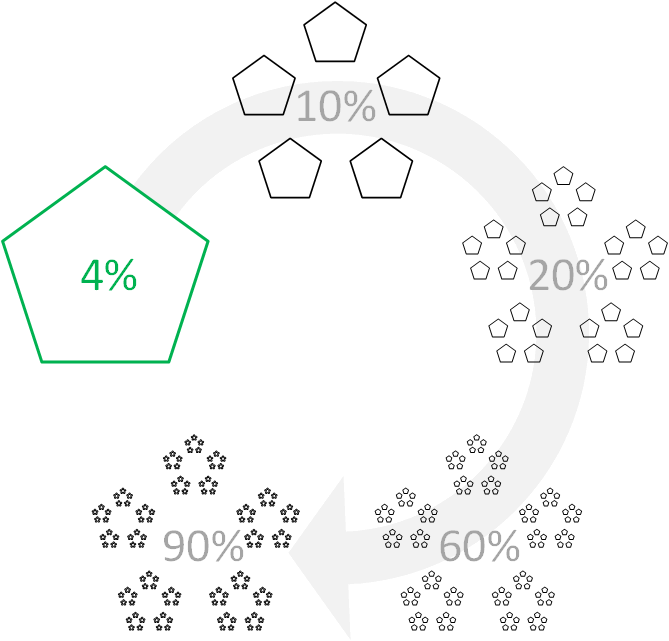

This is an official tutorial published earlier on Ontology Medium blog
Excited to publish it for Habr readers. Feel free to ask any related questions and suggest a better format for tutorial materials
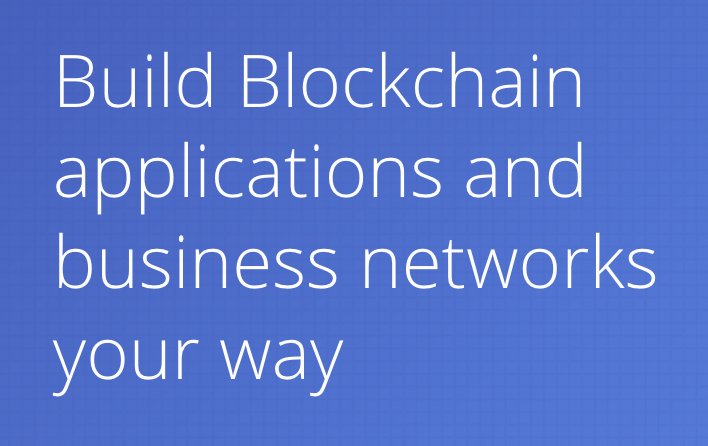
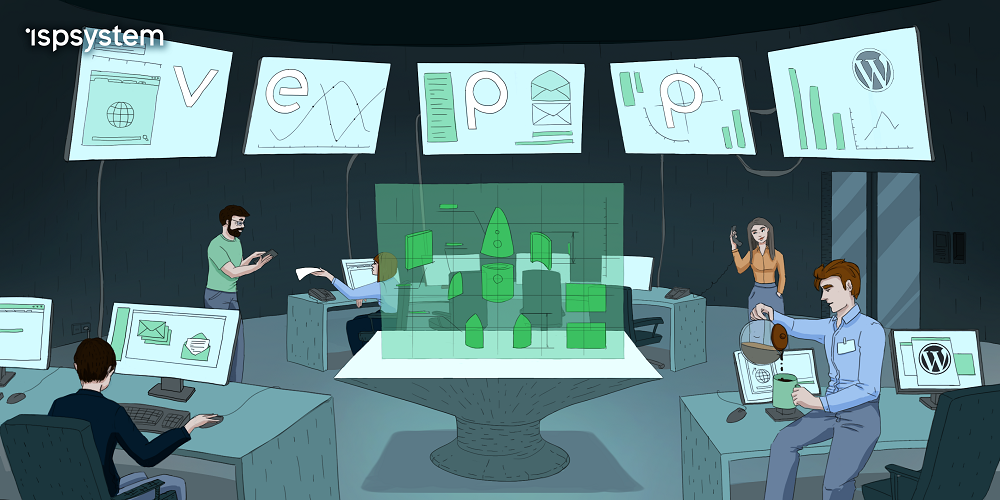
Vepp is our new panel for managing servers and websites. At first, we just wanted to transform the interface of ISPmanager 5 but at the designing phase, we figured that (changing) the interface is not enough. We have to change the approach to modern user’s needs and tasks. As a matter of fact, it meant that we had to create a whole new product.
In the article, we’ll explain why we couldn’t make do with only cosmetic changes to ISPmanager 5 and show the result of the global overhaul.
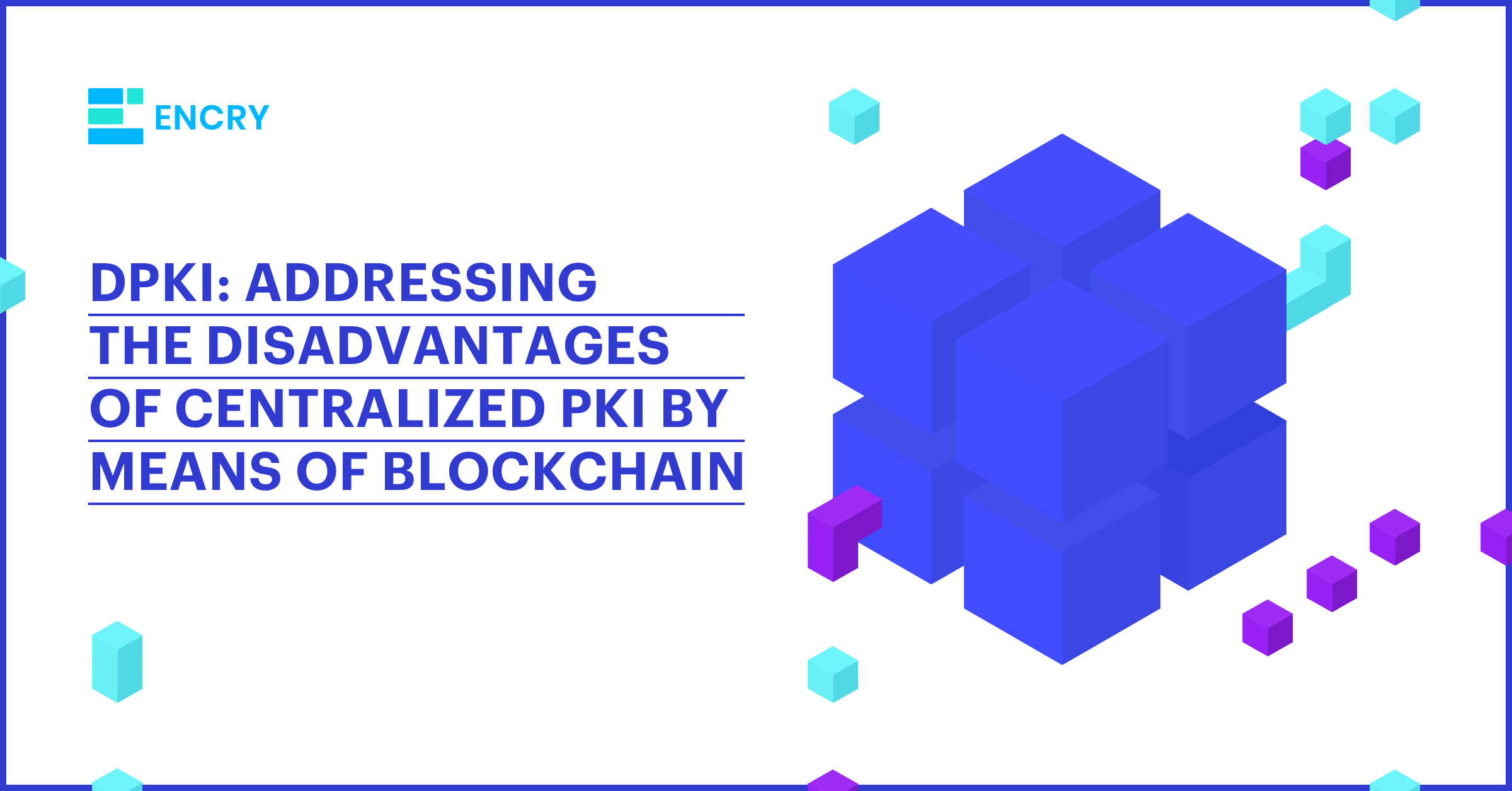
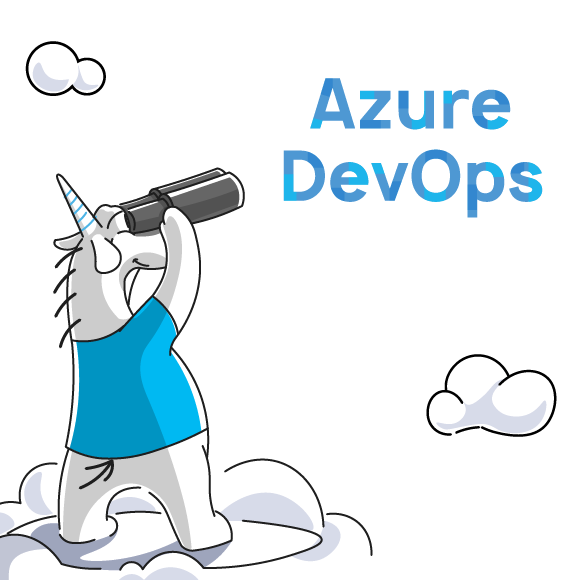
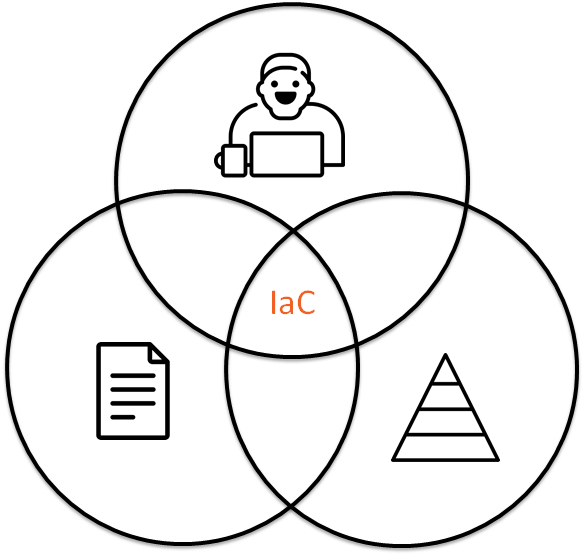
IaC (Infrastructure as Code) is a modern approach and I believe that infrastructure is code. It means that we should use the same philosophy for infrastructure as for software development. If we are talking that infrastructure is code, then we should reuse practices from development for infrastructure, i.e. unit testing, pair programming, code review. Please, keep in mind this idea while reading the article.

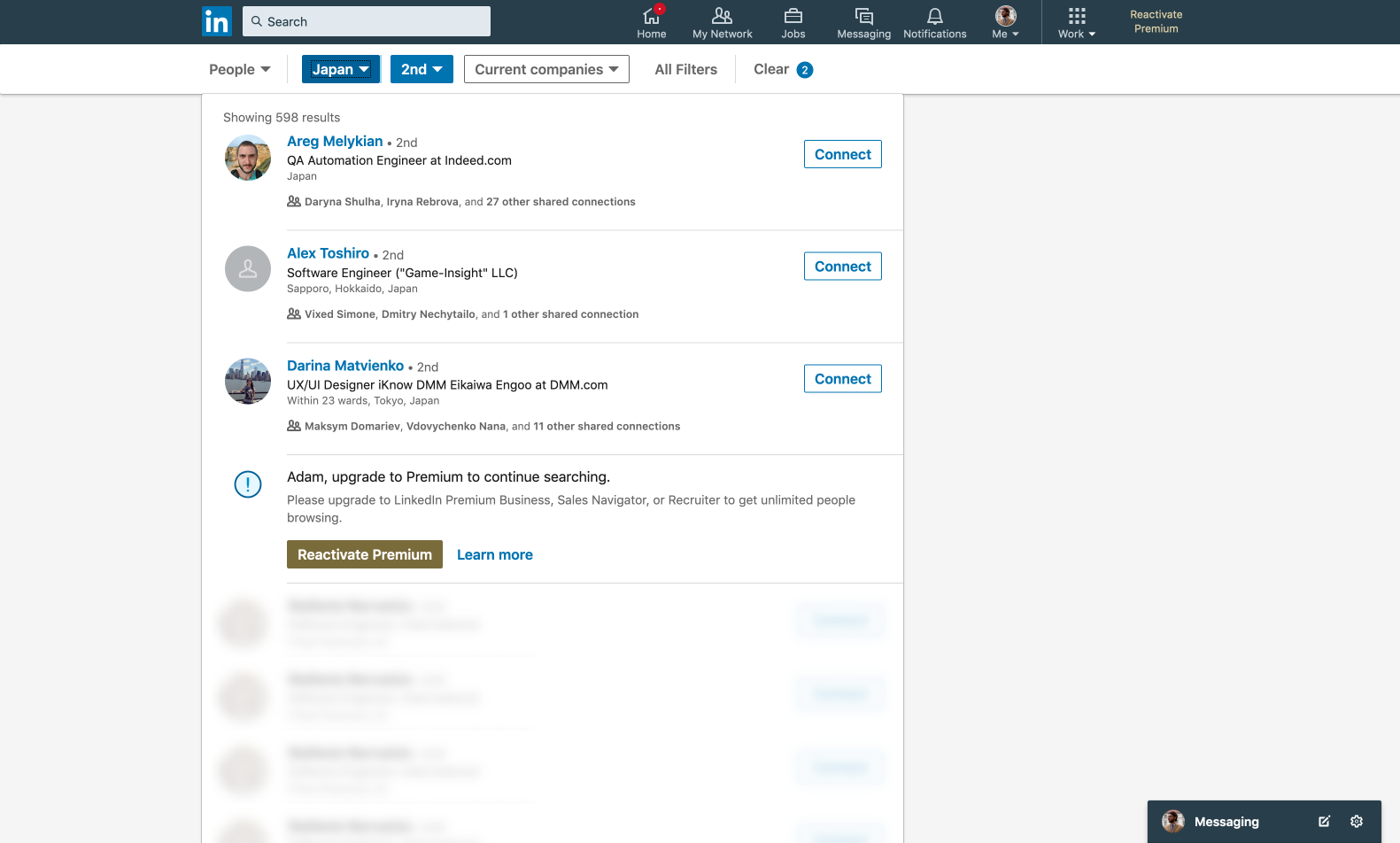
If you have no idea about the development architecture and mechanical/electrical design behind IoT solutions, they could seem like "having seemingly supernatural qualities or powers". For example, if you show a working IoT system to 18th century people, they'd think it's magic.This article is sort of busting such myth. Or, to put it more technically, about hints for fine-tuning the IoT development for an awesome project in solar energy management area.